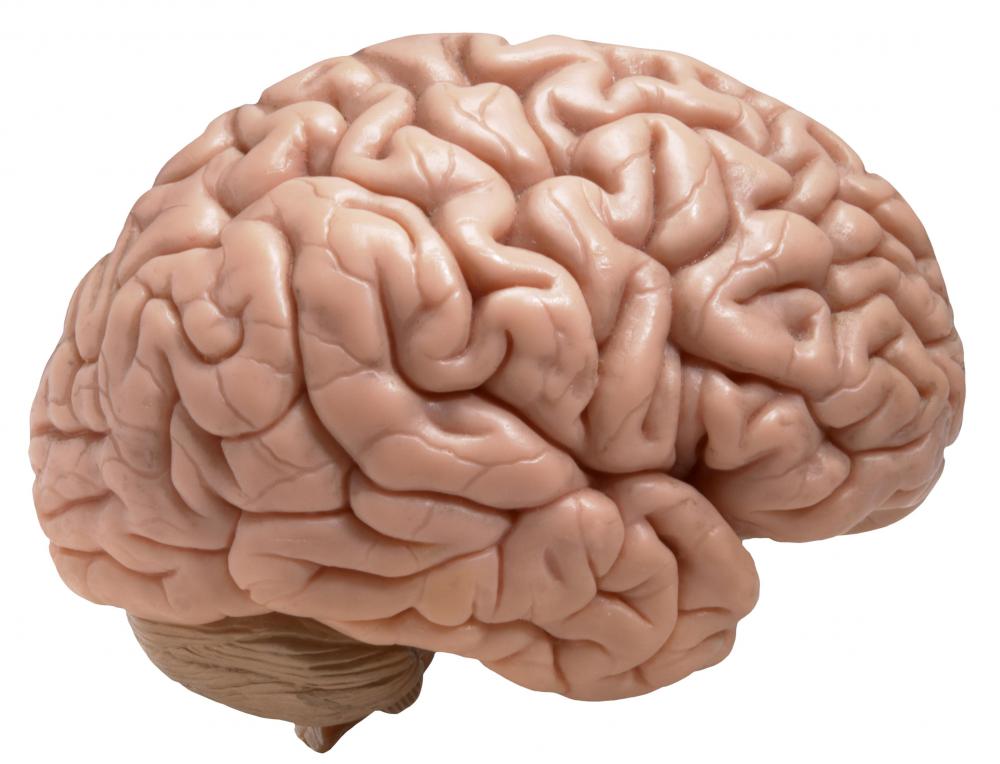At WiseGEEK, we're committed to delivering accurate, trustworthy information. Our expert-authored content is rigorously fact-checked and sourced from credible authorities. Discover how we uphold the highest standards in providing you with reliable knowledge.
What is Involved in a Diagnosis of Parkinson's?
Parkinson's is a difficult disease to diagnose, and its cause remains unknown. Taking a diagnosis of Parkinson's involves a mixture of clinical observation and comparing the patient's medical history with that of their relatives for signs of the disease. There are also several other treatable disorders which can have similar symptoms to Parkinson's.
The main feature of Parkinson's disease is loss of muscular control. One of the first signs of developing Parkinson's is that a person will begin rubbing her thumb and forefinger against each other without conscious control, as if she is rolling a pill between her fingers. As the disease progresses, her limbs will become still, and she will cease to make involuntary human movements such as blinking her eyes or swinging her arms when she walks. Other times, her muscles will lock, freezing them in place.

The first step in a diagnosis of Parkinson's is to test the patient's reflexes. The doctor will look for signs such as involuntary movements or tremors. He will bend the patient's joints to see if there is stiffness or limited movement. Another test that can be performed involves the doctor standing behind the patient and gently pulling her backward, ready to catch her if she falls. Someone with Parkinson's will not have enough control over her muscles to keep her balance.

Besides the visual cues, there are few other tests which can be done when forming a diagnosis of Parkinson's. A doctor can compare a patient's past health records to look for subtle signs of anything abnormal and can further compare these with a relative's health records for signs that the disease runs in the family.
With so few markers for the disease, an incorrect diagnosis of Parkinson's is also possible. Tests may be taken to rule out thyroid issues or liver disease, which can cause problems similar to Parkinson's. There are also several kinds of medications which can have side effects that cause involuntary muscle tremors. The patient will be taken off her medications, and her physical reactions will be monitored to rule it out as a cause of the symptoms.

Another test to help form a diagnosis of Parkinson's disease is being developed. It involves measuring dopamine levels in the brain. One theory for the origin of Parkinson's is that it is caused by lowered levels of this chemical, which helps send signals to the muscle cells that they should move.
AS FEATURED ON:
AS FEATURED ON:
















Discuss this Article
Post your comments